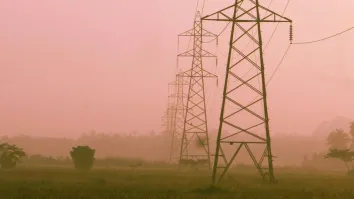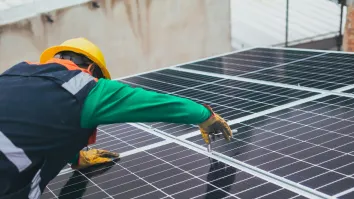
Indonesia boosting its energy supplies
Plans to have a total power capacity of 970 terawatts hours by 2030.
Stratfor, a US-based geopolitical think tank, said this total compares to the 120 TWh in 2005. The rise will be driven by GDP growth estimated to range from 4% to 6% per year and increased industrial production.
Demand today exceeds supply, leading to power shortages and a low electrification ratio.
Stratfor said that if Indonesia continues to generate more of its energy from oil than other sources, it risks depleting its crude oil reserves, which are a valuable source of export earnings and can also be used as feedstock for value-added sectors, such as petrochemicals.
In the first two months of 2013, export revenue of crude and oil products fell 23% to US$2.2 billion year-on-year, while oil imports by value rose 16%. This led to an oil trade deficit of US$4.9 billion, up from US$3.2 billion in 2011.
Petroleum continues to be the largest contributor to Indonesia’s energy mix, accounting for 30% of primary consumption in 2011. Its share has been declining, however, and coal usage has soared, tripling in the 2001-11 period and now accounting for 22% of the mix.
Biomass and renewables contribute 29%, and natural gas, 19%. In terms of electricity generation, however, traditional thermal accounted for 86% of the total, hydroelectric (8%), geothermal (5%) and other sources (less than 1%).



















 Advertise
Advertise








